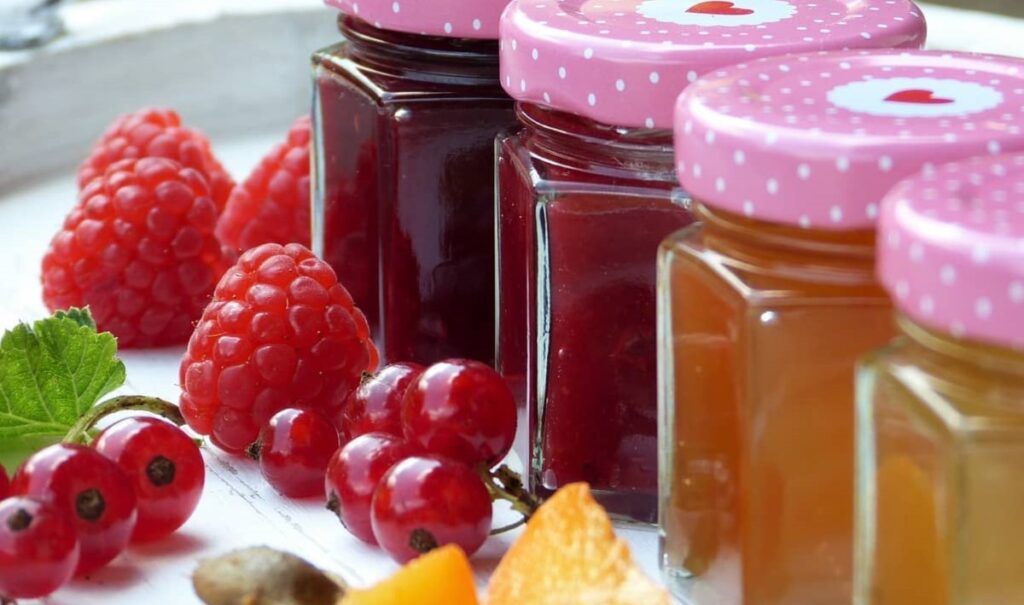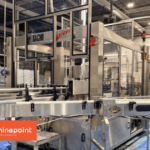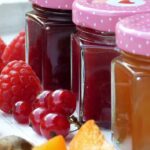Making fruit pastes with a high percentage of sugar concentration is a traditional way of naturally preserving and storing fruit. A high concentration of sugar slows the generation of microorganisms, and the boiling process pasteurizes the fruit – extending its shelf life.
Jam, Squash, Jellies, Marmalade and Fruit Paste factories require complex operations. Strict quality control and regulations are enforced and need to be adhered to for the product to be distributed to the mass market.
Fruit pulps and other fruit side products resulting from the production of juices can be used for Jam, Squash, Jellies, Marmalade making.
Manufacturers of Jam, Squash, Jellies and Marmalade usually buy fruit concentrates in industrial packages. There are some but few that produce them straight from fresh fruit processing.
As a general rule the process consists of boiling fresh and/or pre-cooked fruits or pulp with a high concentration of sugar and pectin. Citric acid can also be added to further preserve the product and extend its shelf life. A high percentage of water has to be evaporated to form the highly concentrated paste, and ingredients have to be mixed rigorously in the mixing units before being pasteurized and then filled and packed. Hot filling is the technology that is most commonly used for packaging purposes.
MachinePoint supply complete plants and process for the production of Jam, Squash, Jellies and Marmalade. Although each plant is individually designed to meet customers’ needs and product requirements, as a general rule the typical manufacturing plant for Jam, Squash, Jellies and Marmalade contains the following equipment:
Industrial Jam Making Equipment: High-Quality Machinery
At MachinePoint, we sell all the necessary machinery to set up production lines for jam manufacturing. Jam manufacturing lines should have the following equipment:
- Boiler: The boiler is a large cooking pot specifically designed to cook fruits and other jam ingredients. It is equipped with controlled heating systems and stirrers that ensure even cooking and prevent the mixture from burning. In this process, the ingredients are cooked at high temperatures to break down the fruits and develop flavors.
- Conveyor Belt: The conveyor belt is a structure used to move the cooked ingredients from the boiler to the subsequent stages of the manufacturing process. It can be equipped with sensors to control the flow of materials and ensure continuous and efficient production.
- Press: The press is used to extract the juice and pulp from the cooked fruits. This is especially important in jam manufacturing, aiming to achieve a smooth and homogeneous texture. The press applies pressure to the cooked fruits to separate the liquid from the pulp.
- Storage Systems: These systems are used to store ingredients before cooking and to contain the finished jam before packaging. They can include storage tanks and airtight containers that maintain the freshness of the ingredients and the jam.
- Mixing Units: These units are used to mix additional ingredients such as sugar, pectin, citric acid, and other additives that contribute to the flavor and texture of the jam. Mixing units ensure that all ingredients are uniformly integrated.
- Filling and Packaging Line: The filling and packaging line consists of a series of machines that fill containers with the finished jam and then seal and label them. This may include jar fillers, capping machines, labelers, and vacuum packaging systems to preserve the quality and durability of the product.





